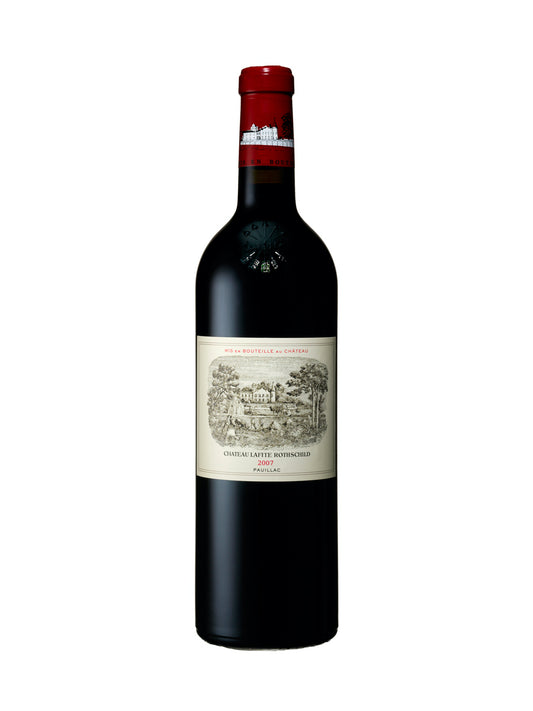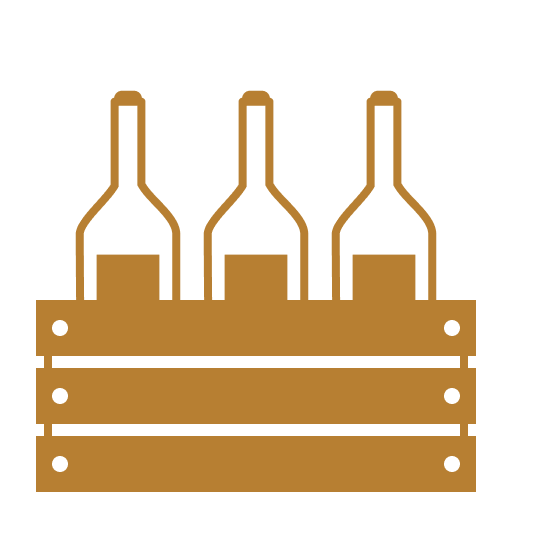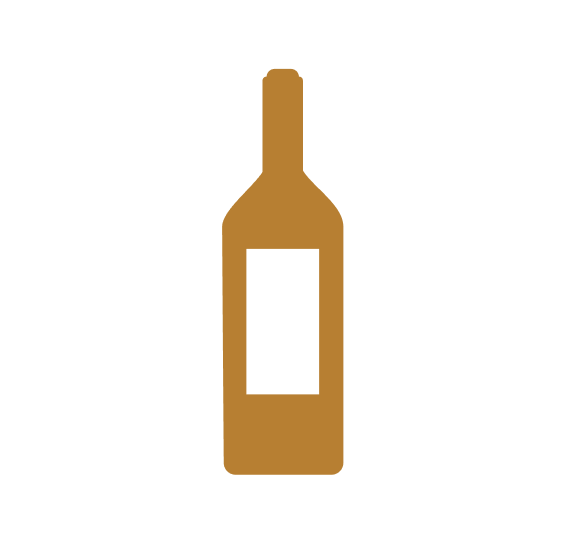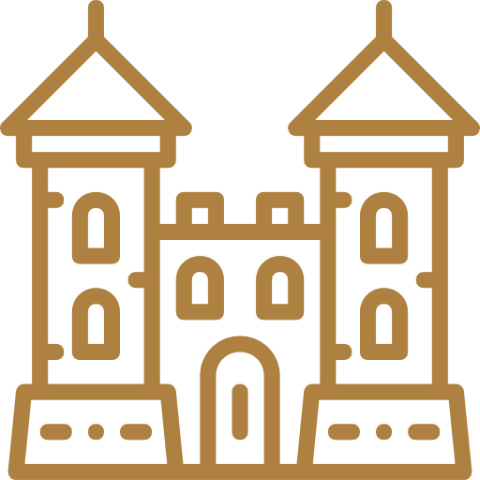CHATEAU LAFITE ROTHSCHILD
The château located in Médoc, was classified as Premier Cru in the 1855 classification, in Pauillac appellation. The Château Lafite Rothschild history started in the 13th century. Until the 17th century, the estate was a co-lordship whose co-owners received the rents from farmers who were cultivating the lands, some of which were already dedicated to the culture of vine. Between 1670 and 1680, Jacques de Ségure structured the vineyard. In 1695, Jacques de Ségur’s son, Alexandre, married Château Latour’s heiress, gathering the history of the two estates for some decades. Their son, Nicolas-Jacques Ségur, will have as a nickname “Prince of the vines”. In 1868, Baron James de Rothschild acquired Château Lafite after it had been publicly put up for sale.
Mature
The wine's second expression. The wine is in its adult stage, still flourishing.
CARRUADES DE LAFITE
Carruades de Lafite is Château Lafite Rothschild’s second wine. The château located in Médoc, was classified as Premier Cru in the 1855 classification, in Pauillac appellation. The Château Lafite Rothschild history started in the 13th century. Until the 17th century, the estate was a co-lordship whose co-owners received the rents from farmers who were cultivating the lands, some of which were already dedicated to the culture of vine. Between 1670 and 1680, Jacques de Ségure structured the vineyard. In 1868, Baron James de Rothschild acquired Château Lafite.
90
Robert Parker
93
Wine Spectator

CARRUADES DE LAFITE, 1995
Apogee
The wine's third expression. It is at the top, gaining in depth, it reaches its zenith.
94
James Suckling
91
Wine Spectator

CARRUADES DE LAFITE, 2014
1st youth
The wine's first expression. The wine is in its youth, supple and open, easy to drink.
90
Robert Parker

CARRUADES DE LAFITE, 2004
Mature
The wine's second expression. The wine is in its adult stage, still flourishing.
CHATEAU DUHART MILON
The Château Duhart-Milon history dates back to the 18th century. Located near Château Lafite, Château Duhart-Milon’s grapes were used for the production of Château Lafite’s second wine. The Château was classified as Quatrième Cru in the 1855 classification. Since 1962, Château Duhart-Milon has belonged to Barons de Rothschild’s Estates.
93
James Suckling
91
Wine Spectator

CHATEAU DUHART MILON, 2014
1st youth
The wine's first expression. The wine is in its youth, supple and open, easy to drink.
97
Robert Parker
95
James Suckling

CHATEAU DUHART MILON, 2010
Mature
The wine's second expression. The wine is in its adult stage, still flourishing.
90-93
Robert Parker
92-94
Wine Spectator

CHATEAU DUHART MILON, 2006
Apogee
The wine's third expression. It is at the top, gaining in depth, it reaches its zenith.
CHATEAU RIEUSSEC
The Rieussec estate history started in the 13th century. It was the Carmelite monks in Langon property at that moment; it was seized during the French Revolution and then sold as “National Asset”. Located near Château d’Yquem, the Château Rieussec’s soil was recognised and classified as Premier Cru of Sauternes and Barsac in the 1855 classification. Since 1984, Château Rieussec has belonged to the Barons de Rothschild’s Estates.
97
Robert Parker
98
James Suckling

CHATEAU RIEUSSEC, 2017
1st youth
The wine's first expression. The wine is in its youth, supple and open, easy to drink.
91-94
Robert Parker
91
Wine Spectator

CHATEAU RIEUSSEC, 1998
Mature
The wine's second expression. The wine is in its adult stage, still flourishing.
93
Robert Parker
91
Wine Spectator

CHATEAU RIEUSSEC, 1988
Apogee
The wine's third expression. It is at the top, gaining in depth, it reaches its zenith.
CHATEAU L'EVANGILE
The Château l’Evangile history started in the middle of the 18th century, back then it was the Leglise family’s property. Château l’Evangile is located in the Pomerol plateau near Petrus and Château Cheval Blanc. In 1868, the Cock Féret classification made it “Premier Cru of the Haut Pomerol”. In 1990, it belonged to Barons de Rothschild Lafite’s estates.
95
Robert Parker
94
James Suckling

CHATEAU L'EVANGILE, 2014
1st youth
The wine's first expression. The wine is in its youth, supple and open, easy to drink.
94
Robert Parker
94
Wine Spectator

CHATEAU L'EVANGILE, 2011
Mature
The wine's second expression. The wine is in its adult stage, still flourishing.
93
Robert Parker
90
Wine Spectator

CHATEAU L'EVANGILE, 2008
Apogee
The wine's third expression. It is at the top, gaining in depth, it reaches its zenith.



















